Had Czechoslovakia not split up in 1993, northern Slovakia would not boast an unusual tourist attraction – a small boundary stone marking the point where three countries meet.
Hidden by the Gorilov Stream, in a ditch under the recently opened pedestrian Bridge of Friendship, the marker is easy to miss. No sign points to it. Instead, three red-and-white pillars bearing the emblems of Czechia, Slovakia and Poland, respectively, stand next to three large granite boundary markers, each of which is placed on the territory of the three countries and just a few steps away from the bridge, misleadingly giving visitors the impression that they mark the actual border.
But the tourists who come to this area, known as a triple point, or “Trojmedzie” in Slovak, quickly forget about the stones once they see a huge glitzy sign saying “I [heart] Trójstyk”, which stands out more clearly and is a better and more easily accessible spot for a photo. “Trójstyk” means triple point in Polish.
For Slovaks, the triple point is a short walk from Čierne, a sprawling town of almost 4,500 inhabitants nestling in the Kysucké Beskydy mountains. Polish tourists flock to the triple point from the nearby town of Jaworzynka, while Czech people walk here from the small town of Hrčava. This is one of the very first places in Czechia where the sun rises.
“These small villages are very calm, very pleasant,” says Kysuce Regional Development Agency Director Marta Sláviková.
Born in Czechia and raised in Poland before her family moved to Slovakia many years ago, she embodies what Trojmedzie and the surrounding region, inhabited for centuries by the Gorals, or highlanders, symbolises.
“The triple point has a very cosy atmosphere,” Sláviková, an amateur herbalist and syrup maker, adds.
Polish ice cream and a salt water fountain
Reaching the triple point is a piece of cake, even from Bratislava.
Trains heading to eastern Slovakia always stop in Žilina, from where you can take a second train on to Čadca. Here, you may opt for a bus or another train to Čierne. Because Čierne is a sprawling town, it is better to get off at the right stop unless you want to walk across the whole of it: alight at Čierne pri Čadci Zastávka (train) or Čierne Jednota (bus).
The trip to Trojmedzie starts right after crossing the railway line. Here, visitors can decide to follow a yellow marked trail, which partially follows the Czech-Slovak border, or a blue one, which first takes tourists to the Slovak part of the triple point before they cross the bridge to Poland and Czechia. The two trails essentially form a circuit, and so it is just a matter of which trail you prefer to take first.
The blue trail provides tourists with a splendid view of a small valley with several of Hrčava’s houses set in it. It also leads to nearby Malé Šance, where a 16th-century fortification system protecting mediaeval trade routes used to stand. Tourists can also try out a wooden swing on the way to the historical site, which is located near the motorway. The yellow trail, on the other hand, can make tourists feel tiny when they find themselves standing under the Valy Bridge, a 84-metre-high Slovak crossing. Named after the nearby hilltop, it is the highest motorway bridge in central Europe. An easy walk then takes you to the periphery of Hrčava and a small shop and a pub run by the Staňos, a Czech-Slovak family, before you reach a large green space with horses, a restaurant open at weekends, an ice-cream parlour, a hotel under construction, several wooden gazebos, playgrounds, a salt water fountain overgrown with shrubbery, and the boundary obelisks.
Many of these things are built on the Polish side. As a matter of fact, it is the Polish language that can most frequently be heard in this area.
“Our biggest sales are in Polish złoty,” Peter Staňo says, adding that his customers can pay in three currencies, as well as by card, in his small shop and pub.
The Slovak mayor who lives in Czechia
Staňo’s business is called “Grunt na Trojmedzí”.
The experienced businessman, who was born in Czech Silesia, inherited the “grunt” – “farm”, in English – in Hrčava from his mother. His family left Hrčava and moved to Slovakia – although it was still Czechoslovakia then – when he was little. The farm thus became their weekend and holiday retreat.
Today, his family lives on the farm, breeds animals, makes award-winning cheese and other dairy products, and sells products made by local and regional producers, including alcoholic drinks, syrups and dog biscuits.
“We are trying to continue the tradition of farming in the mountains,” Staňo says.
Their small business, which the family runs in a former barn, has official opening hours, but Staňo and his family are happy to serve customers even outside those hours.
“When I see a person who wants to visit the shop, I’ll jump out of my tractor in my workwear trousers to pull them a beer and offer them cheese,” he says.
But he has also been involved in local politics, strongly believing that tourism can help the region attract more tourists and boost the local economy. At present, Polish tourists come back to the triple point to seek calm and peace. Staňo says that Poles often complain to him about overcrowding in the Polish Tatras. Staňo previously served as the mayor of Hrčava. Last year, he was elected the mayor of Čierne. Staňo says that local people do not see a problem with their mayor living in Czechia.
“They rather take it as an advantage that they have an international mayor,” he smiles.
Perfect one-day trip
Čierne is a relatively large town by Slovak standards, but tourists will find here only a pizza restaurant, an ice-cream parlour, a café, a handful of grocery shops, and a local brewery called Čierňan. There is no ATM.
There are almost no accommodation facilities, in stark contrast to Jaworzynka on the Polish side.
Regardless, Staňo says that if people want to get to know Čierne and see what life there is about, they should definitely visit the town.
“Drink a local Čierňan, taste cheese made in Czechia from Slovak milk, and explore our quadrilingualism,” says the mayor.
A trip to Trojmedzie is an ideal one-day trip, either on foot or by bike. The latter also allows visitors to explore cycling routes between Jaworzynka, Hrčava, Čierne and Čadca – one of the main towns in Slovakia’s Kysuce region.
Even in Čadca, accommodation options are somewhat limited. There is the Hotel Tatra, housed in a 1913 building in the centre of town, and the luxurious Hotel Husárik, built in the woods outside Čadca in the early seventies. For more alternatives, try the popular ski resort of Oščadnica near Čadca or return to Žilina.
From Čadca, tourists can set out on trips to Radoľa Manor House, which is the only preserved nobleman’s house in the Kysuce area, the open-air museum in Vychylovka, or the crude oil spring in Korňa.
Cyclists can choose from a number of cycling routes. The Kysucká Magistrála, at 133 km in length, is one of the longest such routes in Slovakia and criss-crosses Kysuce’s hilly landscape, which is dotted with villages and isolated settlements.
The article has been brought to you thanks to a partnership with the Žilina Tourism Region - www.zilinskyturistickykraj.sk. Implemented with the financial support of the Ministry of Transport of the Slovak Republic.

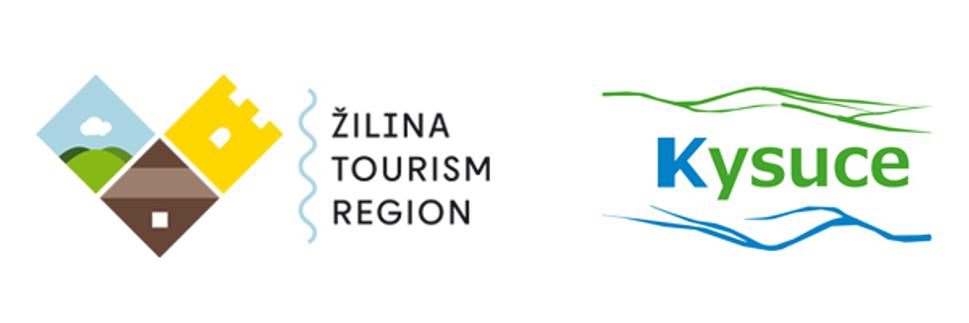


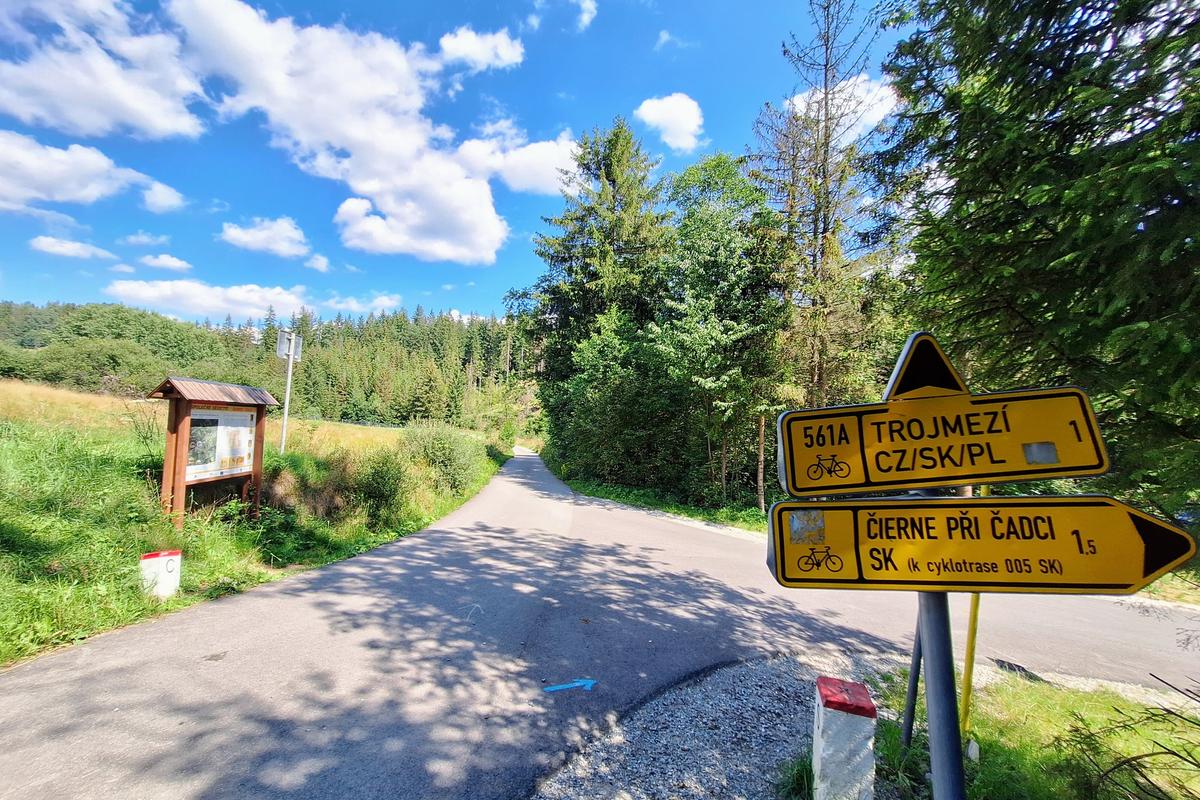 A yellow-marked trail that leads from Hrčava, Czechia, to the triple point (Trojmedzie/Trojmedzí/Trójstyk). (source: Peter Dlhopolec - The Slovak Spectator)
A yellow-marked trail that leads from Hrčava, Czechia, to the triple point (Trojmedzie/Trojmedzí/Trójstyk). (source: Peter Dlhopolec - The Slovak Spectator)
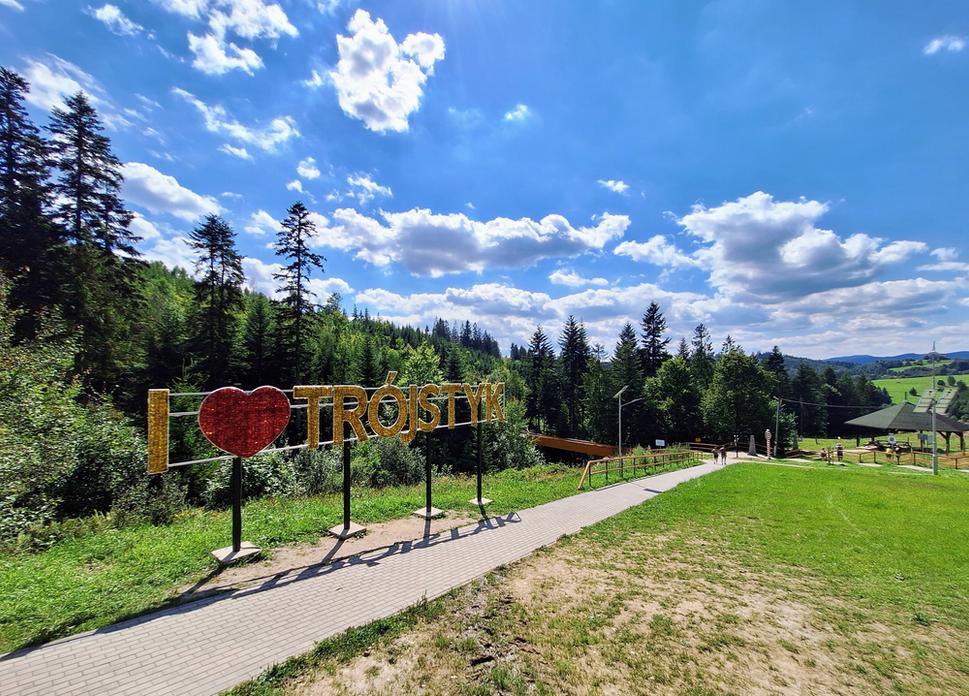 A photo point on the Polish side of the triple point. (source: Peter Dlhopolec - The Slovak Spectator)
A photo point on the Polish side of the triple point. (source: Peter Dlhopolec - The Slovak Spectator)
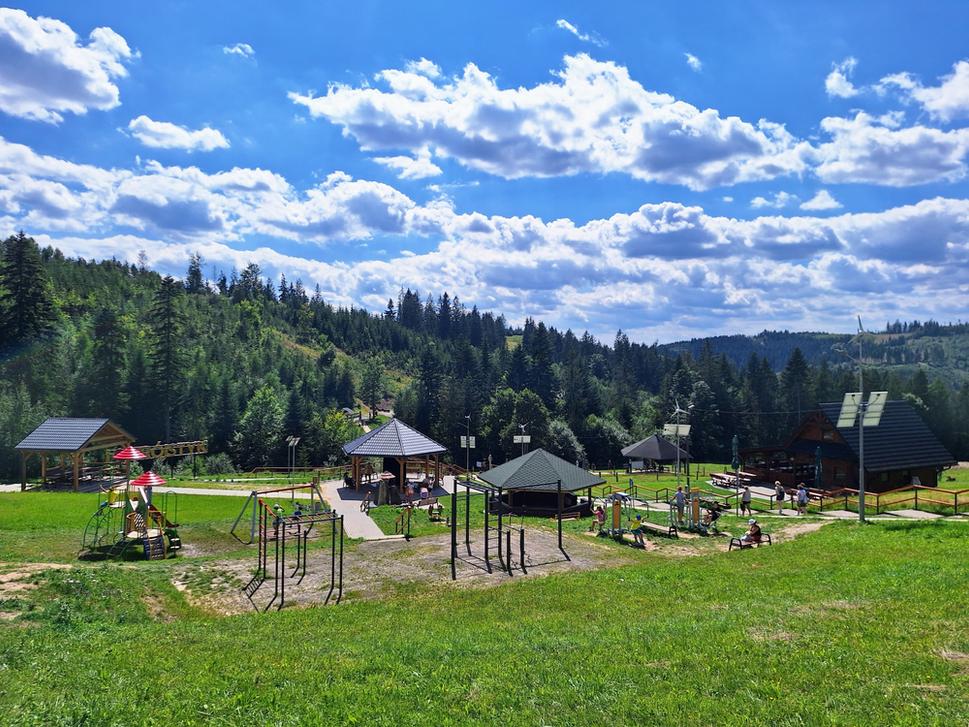 The triple point, as seen from the Polish side. (source: Peter Dlhopolec - The Slovak Spectator)
The triple point, as seen from the Polish side. (source: Peter Dlhopolec - The Slovak Spectator)
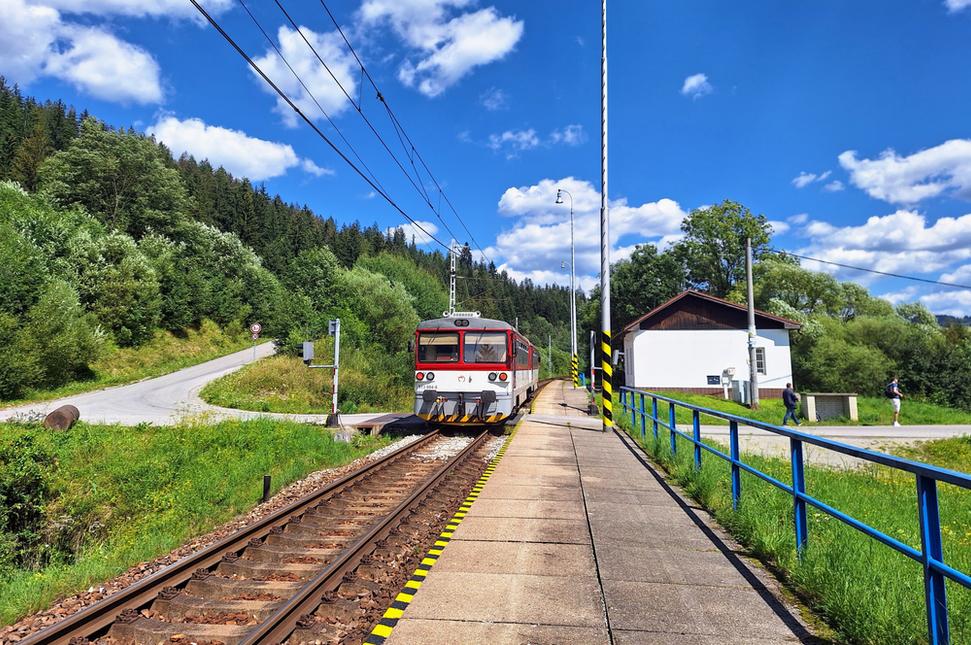 The train stop where you should get off in Čierne. On the left side, a road to the triple point begins. (source: Peter Dlhopolec - The Slovak Spectator)
The train stop where you should get off in Čierne. On the left side, a road to the triple point begins. (source: Peter Dlhopolec - The Slovak Spectator)
 The Valy Bridge. (source: Peter Dlhopolec - The Slovak Spectator)
The Valy Bridge. (source: Peter Dlhopolec - The Slovak Spectator)
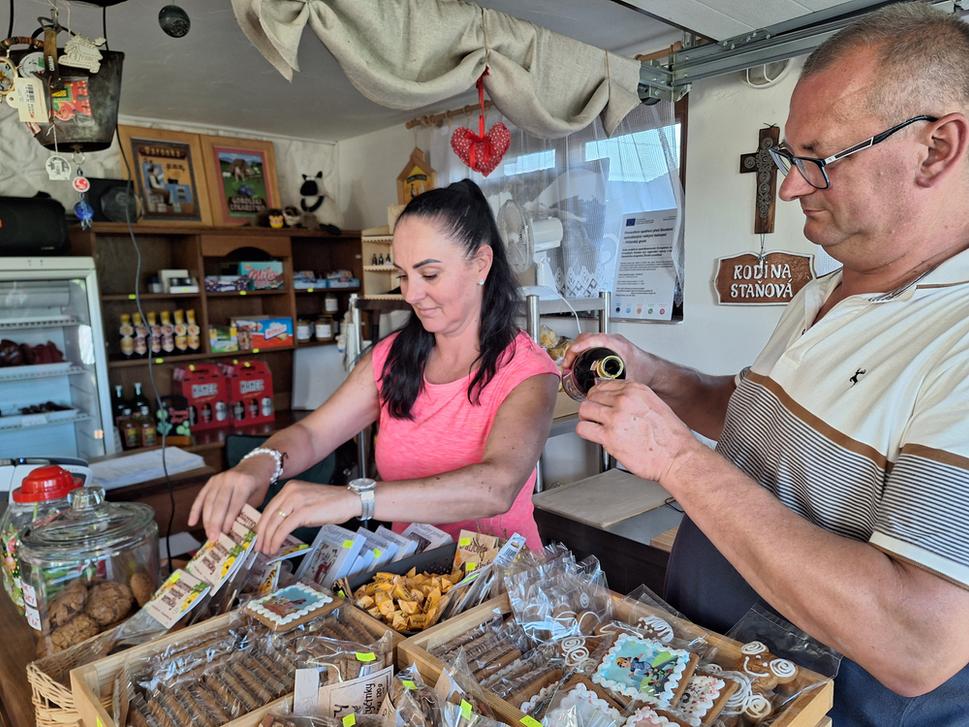 Čierne Mayor Peter Staňo with wife Monika. (source: Peter Dlhopolec - The Slovak Spectator)
Čierne Mayor Peter Staňo with wife Monika. (source: Peter Dlhopolec - The Slovak Spectator)
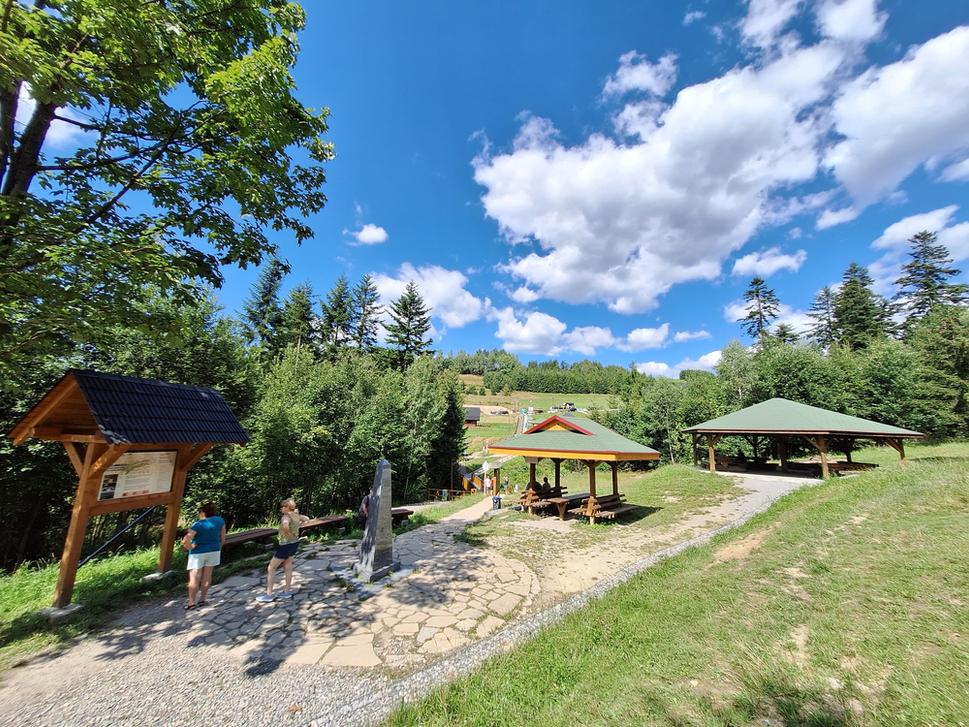 The Slovak side of the triple point. (source: Peter Dlhopolec - The Slovak Spectator)
The Slovak side of the triple point. (source: Peter Dlhopolec - The Slovak Spectator)
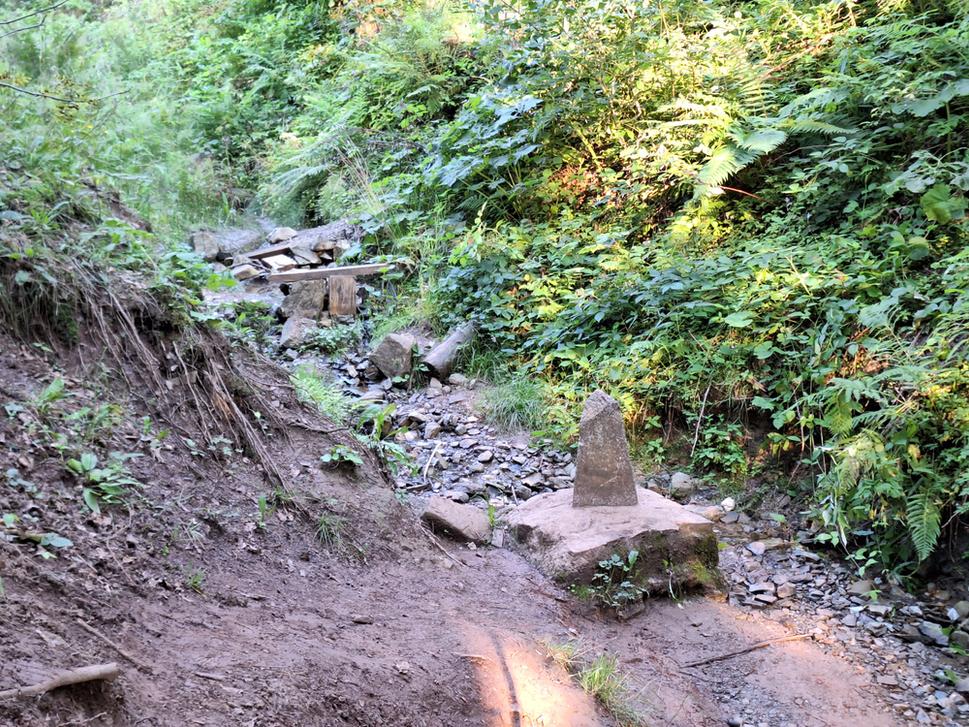 The point where Czechia, Poland and Slovakia meet is hidden under the bridge. (source: Peter Dlhopolec - The Slovak Spectator)
The point where Czechia, Poland and Slovakia meet is hidden under the bridge. (source: Peter Dlhopolec - The Slovak Spectator)
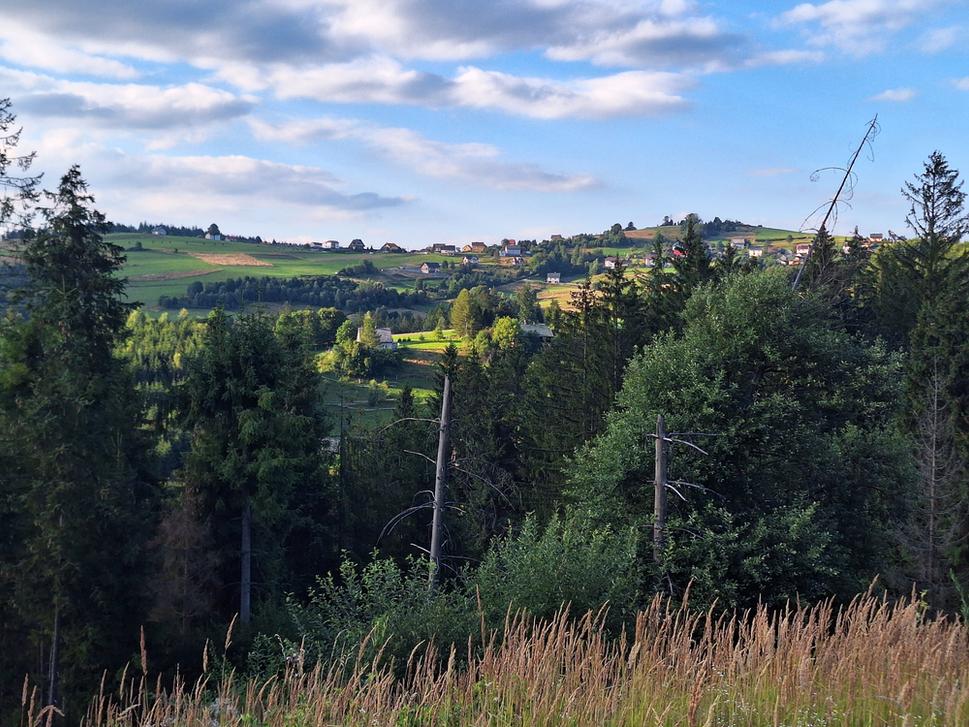 A view of Hrčava houses from the Slovak side. (source: Peter Dlhopolec - The Slovak Spectator)
A view of Hrčava houses from the Slovak side. (source: Peter Dlhopolec - The Slovak Spectator)
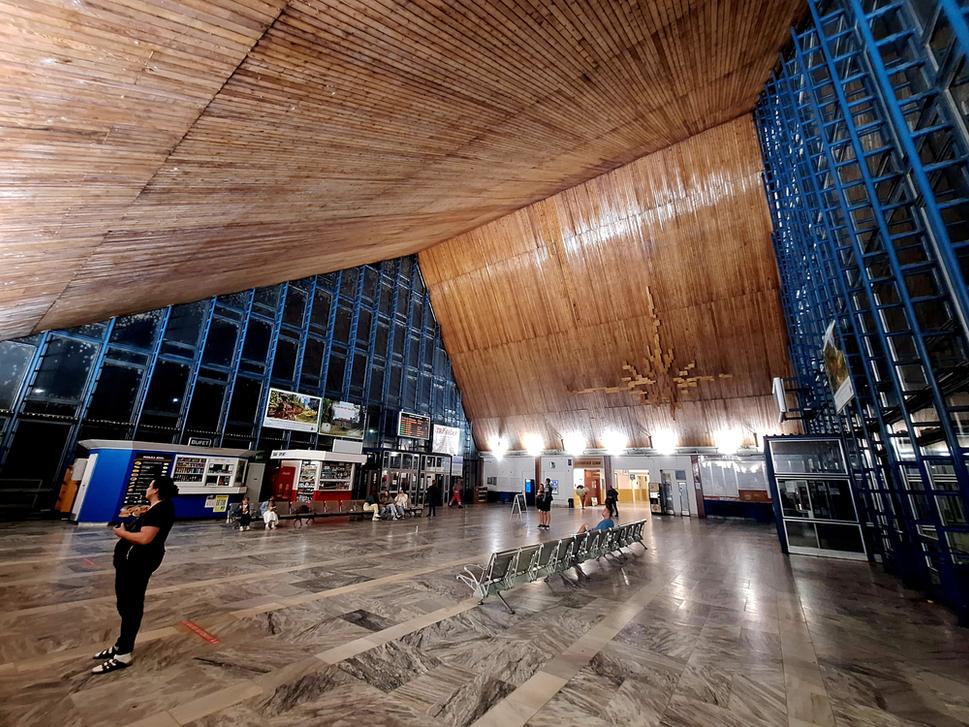 The railway station in Čadca. (source: Peter Dlhopolec - The Slovak Spectator)
The railway station in Čadca. (source: Peter Dlhopolec - The Slovak Spectator)